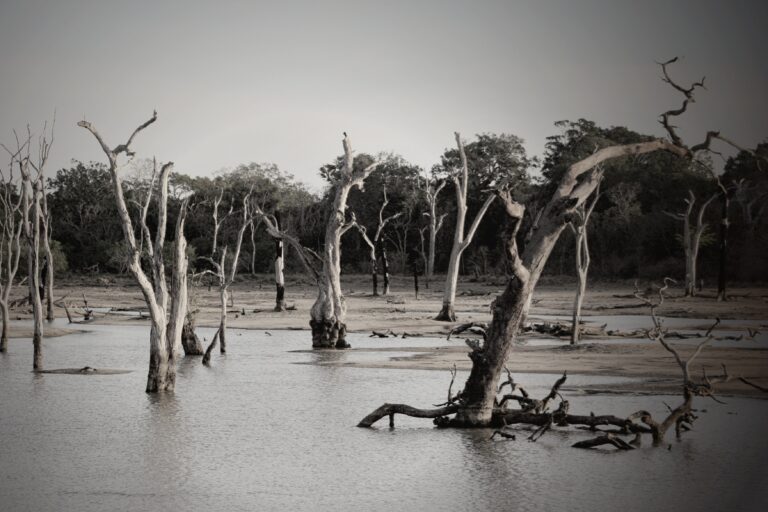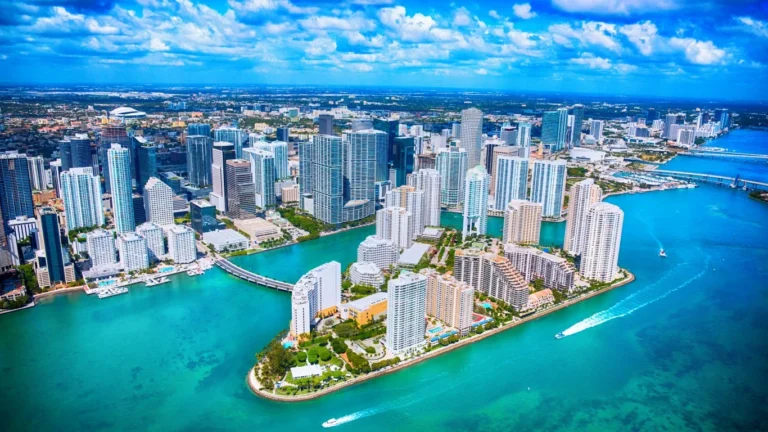Climate Change Killing Elephants

Herds of elephants in Zimbabwe are being killed by drought. It is another example of how human resources cannot fix climate change catastrophes. The herds cannot be moved, and it is impractical to bring them an adequate water supply. As is true with humans, drought becomes a trap that migration or mitigation cannot solve.
According to Reuters, “Dozens of elephants have died of thirst in Zimbabwe’s popular Hwange National Park…” Experts believe the results of El Nino will make the situation worse.
The park is the largest natural reserve in Zimbabwe. It covers 14,600 square kilometers. Part of the park is desert. Other areas have seasonal wetlands that rely on rain. There are also some areas which have groundwater. According to the Camelthorn Foundation, a modest amount of water has been pumped into waterholes. This used to be done by windmills and engines. Today, solar-powered pumps do the job. However, the park is so vast that this provides a limited solution.
Pumping water cuts two ways. While it does supply a small amount of water, it also has an unintended consequence. The Camelthorn Foundation reports, “However, it also encourages population growth and is therefore not a long-term solution as the environment lacks the capacity to sustain growing elephant populations.” A man-made solution from the past has contributed to present and future problems that were not intended.
Wildlife & Environment Zimbabwe stated that some money has helped the drought situation, but only at a less-than-needed level. The organization takes donations online. However, it also points out a relatively small number of humans go to the park to organize and oversee these projects.
Reuters concludes its story about the catastrophe, “The elephant population in Hwange is 45,000, and a fully grown elephant requires 200 liters (53 gallons) of water daily.” The challenges of supplying that water are insurmountable.
More from ClimateCrisis 247
- New York Could Push Hurricane Insurance Losses 50% Higher.
- Dust Storm Triggers Las Vegas Blackout
- Phoenix Posts 13 Days Over 110 Degrees
- Florida Homeowners Face Drastic Home Price Cuts






